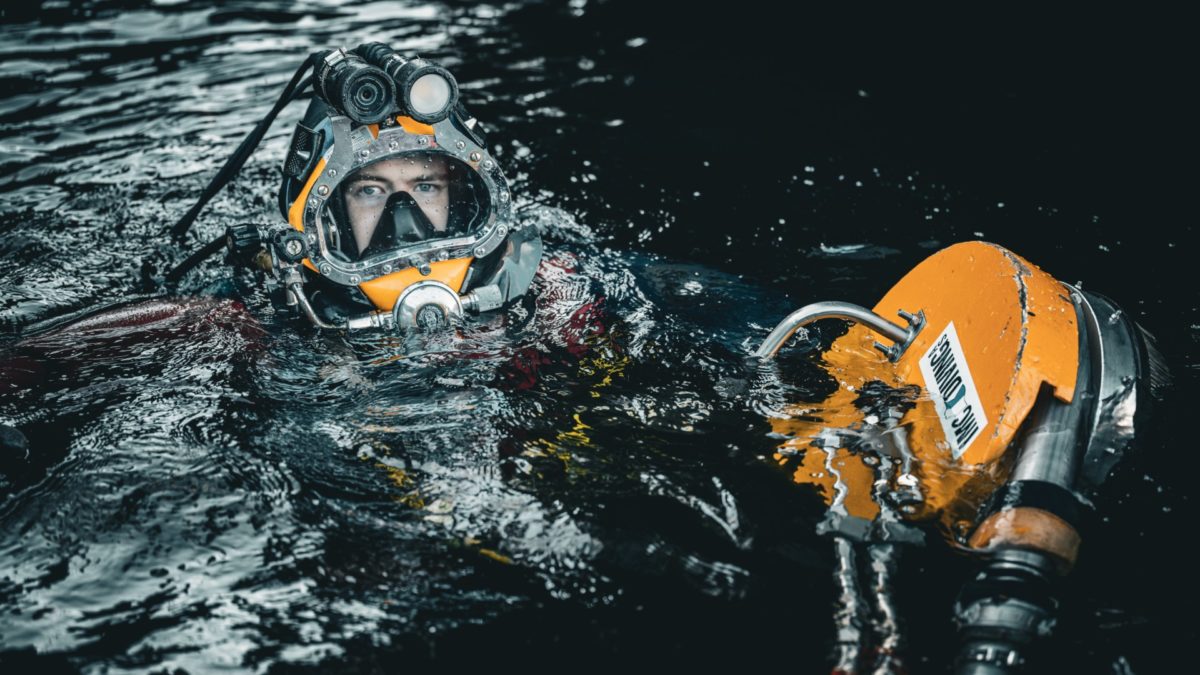Background
Biofouling on ship is a significant source for spread of alien species to new environments. The consequences can be dramatic for existing marine life. At the same time, biofouling on ship’s hull increases energy consumption and emissions from ships.
To minimize both ecological threats, greenhouse gas emissions, and fuel consumption, it is therefore important to find effective ways to prevent biofouling and to remove biofouling with environmentally friendly methods.
Port of Bergen and Port of Oslo have introduced a ban on hull cleaning unless the cleaning equipment has waste capture and is pre-approved. Material detached during in-water cleaning may cause pollution and poses a high risk of spreading alien species.
New Zealand and Australia have effectively introduced a requirement for cleaning before a ship’s arrival. In Norway, the Norwegian Maritime Authority has started a similar process to establish mandatory requirements that will also include cleaning in Norwegian waters.
IMO has developed guidelines for managing biofouling on ships and emphasizes that cleaning equipment should strive for effective capture if hull cleaning is performed on macrofouling. IMO has also developed guidance on in-water cleaning, which sets limit values and includes testing of cleaning equipment. Still, there is uncertainty about how to test and approve hull cleaning equipment, especially how to measure effective capture of biofouling.
Port of Bergen and Port of Oslo, together with DNV, have therefore developed a draft test procedure for the approval of in-water cleaning equipment. The procedure should be in line with IMO’s preliminary recommendations and includes a test to measure capture capacity in a controlled enviroment, as well as full-scale testing in a port.
However, the procedure needs to be tested and further developed into a practical method with guidelines and defined limit values in line with imminent requirements.
This pilot study aims to develop a practical method for measuring discharge of organisms, biocides, and microplastics from antifouling paint.
The work should also explore the possibilities of using sensor technology to monitor proper cleaning operation.
In the pilot study, the following will be done:
- A test using a cleaning equipment with capture in a controlled environment (ex-situ test) to develop a practical experimental test-set up for ex-situ testing.
- Explore existing standards and develop a practical set-up for full-scale testing (in-situ test) while cleaning a ship in Port of Bergen.
- Use the results from the pilot’ tests to establish a national guide to testing and approval of hull cleaning equipment
The overall goal of the pilot is to increase in-water cleaning activities in Norway, using environmentally friendly methods.

